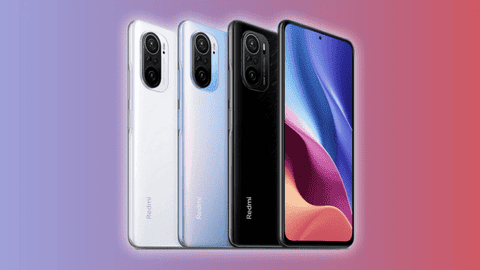In December, Xiaomi should announce the next flagship Xiaomi 12, and a little later Xiaomi 12 Pro and Xiaomi 12 Ultra should join it. It is worth waiting for next year and the T-series, which will incorporate the main array of flagship functions, but with a number of deliberate simplifications, which allows, in the end, to ask for a little less than for top solutions.
This year, the Xiaomi Mi 11 T series debuted in September and there is no indication that a different time will be chosen for the announcement next year. This means that there is still a lot of time before the release. But the first information about the Xiaomi 12T has already appeared on the network; there is an indication in the MIUI firmware. In China, this model may be released as Redmi K50S.
It became known that the smartphone was codenamed “Munch”. It will offer a 120 Hz display with a resolution of 2400 x 1080 pixels. What kind of panel will be installed here is not reported; but with a high degree of probability it will be OLED. The device will be based on the SM8250 chipset (presumably Snapdragon 870+). The main camera will be three-component; where, in addition to the main wide-angle module, they will offer ultra-wide and a macro sensor.
Samsung cannot win back leadership in the Indian smartphone market from Xiaomi
Although Samsung maintained its leading position in the global smartphone market in the third quarter of this year, the situation in some regions remains radically different. In India, Xiaomi led the market in the second quarter of this year; and a similar trend continued in the third.
According to Canalys experts, the number of smartphones sold in the country fell by 5% in comparison with last year, while the sales volume is still higher than in the second quarter. We expect that in the fourth quarter of the year; interest in electronics will rise again with the onset of the holiday season.
According to the latest data, Xiaomi (along with the sub-brands POCO and Redmi) continues to dominate India with 24% of the smartphone market – over 11.2 million units sold. Samsung is in second place with 19% (9.1 million smartphones sold). Vivo and Realme account for 17% and 16% respectively.
The gap between Samsung and the latter companies is too insignificant for the leadership of the South Korean manufacturer to not worry about possible competition – the company may lose ground in any of the following quarters. While Samsung has managed to narrow the gap between its performance and Xiaomi’s results somewhat; it still has a lot to do in order to regain the leading position that it has lost in the region relatively recently.
It is noteworthy that in other regions, Samsung is also inferior to Xiaomi. At the end of the second quarter, the companies held similar positions in the ranking of smartphone sellers in Russia. Now the situation may worsen due to the ban on selling more than 50 Samsung models in Russia; in connection with a patent dispute over Samsung Pay; although the court’s decision has not yet entered into force.

